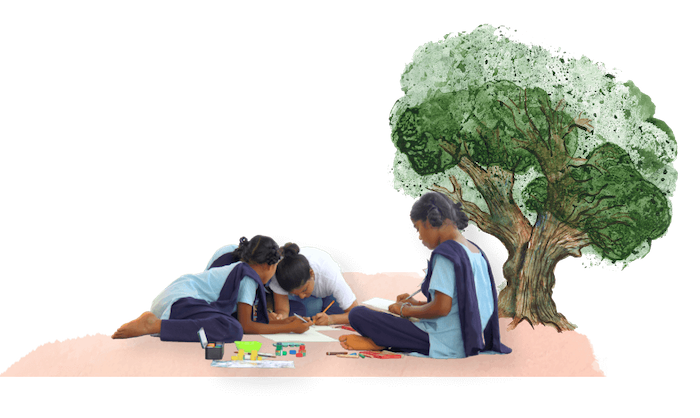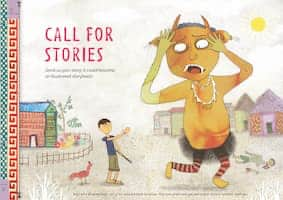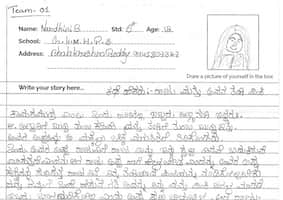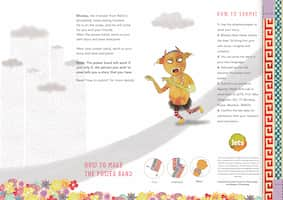

The overall process remains constant from workshop to workshop, and is described below. Bits of it –
various steps along the way – change constantly, either as design iterations or in response to
context.
Call for Stories
The LeTS team sends out a call for stories around two weeks before the start of a workshop. Students
send in their favourites, in their language of comfort.

We select those that lend themselves most to visual storytelling.
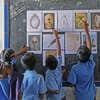
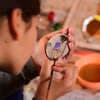
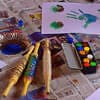
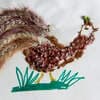
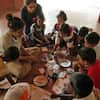
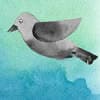
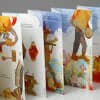
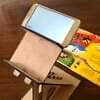
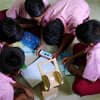
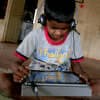
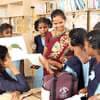
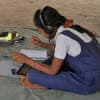
LeTS Workshop (4-5 days)
Workshops have varied from place to place, though the time spent together (4-5 days) and the primary
purpose (skill-building, producing one book or several) have remained consistent over the years.
Sometimes story-telling happens during the workshop too, using word- and sentence- building games as
starting points. This is generally done by dividing the class into groups of roughly ten students
each.
After the stories are selected, students are encouraged to explore character design, settings,
whether interior spaces or outside landscapes, and other such elements that are required to tell the
story visually. Formats are explored, as are materials, from found-material collages using ropes,
grass, leaves and rocks to create forms, to pen-and-ink drawings, crayons, sketch pens and paints of
different kinds.
The students are then taught to storyboard, putting together key frames in the story using pencil
sketches.
Working closely with the design team, they are then explained the principles of page design through
practice. They play with page balance and word-image relationships as they tack text on to
illustrated page.
Each student typically illustrates one page or one sentence in a story.
Pictures are taken and paintings scanned at every stage of the process.
In some of our most recent workshops, we have printed the scanned images on regular A4-sized paper,
and taught the students basic book-binding techniques, so they can take their first personal copies
of books home with them at the
end of the workshop week!
Back at LeTS (post-workshop)
The workshop instructors/designers work on the scanned images they have brought back, and put
together the book anew, page by polished page.
We, at LeTS, translate the books into English and work on grading the language from an easy start
to more complex words and sentences as the story progresses.
Then we embark on a process of paper selection, format and binding choices. Our various experiments
with format and binding have included accordion-style and map-style folds, in addition to
traditional methods. The books are printed on heavy paper and in vibrant, often saturated colours.
A professional voiceover artist is invited to read and record the story.
We now prepare the book for the mobile app, which offers children a way to listen to how words on the
page sound when spoken out loud. The child simply has to point the mobile camera at a page to trigger
the audio that reads the page aloud, all the while his
fingers run over the paper, tracing pictures and text, only moving to the next page when he is
good and ready. The app works even if parts of the book are occluded by his hands, and keeps going
in bad or overly bright lighting as well. We have carefully designed the app to complement rather
than replace the tactile experience of the book.
We create animated shorts of the story with voiceover, music and highlighted captions. Very few
books are selected for this stage, for it is a most time-consuming activity.
We measure proficiency levels by recording children reading the stories from subtitles. A lot of the
learning here is meta-learning and not easily quantifiable. The skills involved in creating a book,
the boost of confidence at seeing a high-quality end-result of one's labour, the newly acquired
assurance that one's stories are of interest to others, don't lend themselves to statistical
analyses.
Dissemination
We send these polished products back to the library of the partner school where the workshop was
held, and its copies to other schools that have partnered with LeTS. The intent is to foster an
exchange of such books between schools and libraries on an ongoing basis. A book written in village
Aina in Maharashtra is enjoyed by a school in Himachal Pradesh. We are giddy about such
cross-pollination!



